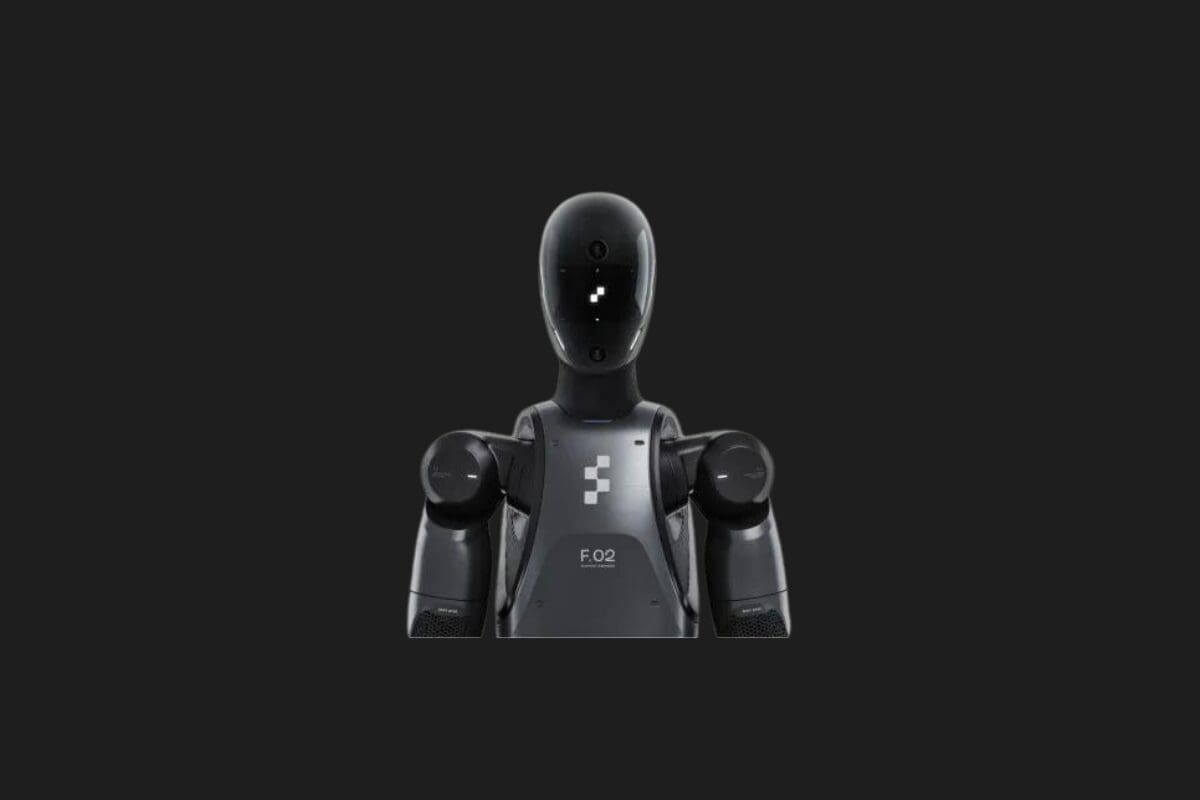The humanoid robot Fourier GR-2 has been making headlines recently. Here are the most important and striking details about this much-discussed topic…
As exciting developments in robotics continue, China-based Fourier Intelligence has advanced its GR series of humanoid robots with the introduction of the GR-2 model. Building on last year’s GR-1, the GR-2 offers substantial improvements both physically and functionally. Standing at 175 cm and weighing 63 kg, the GR-2 is designed to be at eye level with most adults. Unlike the earlier models of the GR-1, which had a slim and skeletal appearance, the GR-2 features a more polished and stylish exterior. Its delicate internal components are now protected by a durable plastic casing.
Humanoid robot Fourier GR-2 is on the agenda
One of the standout features of the GR-2 is its upgraded motors. The actuators, which produced 300 Nm of torque in the GR-1, have been enhanced to 380 Nm in the GR-2, significantly boosting the robot’s lifting capacity. Although Fourier has not fully disclosed the exact capacity, it is speculated that the GR-2 surpasses the GR-1 in this area, as the GR-1 could lift nearly its own weight. Additionally, the GR-2 can walk at a speed of 5 km/h.
One of the GR-2’s most notable innovations is its hands. With 12 degrees of freedom and the ability to sense tactile force, these hands allow the robot to instantly adjust its grip strength by “feeling” the shape and material of the objects it touches. While these electrically powered hands may be slower and less powerful than the hydraulic systems used in other humanoid robots, they have the potential to offer precise and safe handling, especially when paired with advanced artificial intelligence algorithms.
Currently, the GR-2’s hands can carry weights of up to 6 kg. As a result, it is stated that the robot is not designed for industrial tasks like heavy lifting but rather for providing in-home assistance to elderly or disabled individuals. In areas with aging populations or labor shortages, these robots are seen as a significant solution.
The AI systems integrated into the GR-2 offer major advancements in learning and interaction. The robot can be controlled in various ways, including remote control (telepresence), VR commands, or direct manipulation of its limbs. Through a technique called “lead-through programming,” users can physically guide the robot to teach it new tasks.
The GR-2 is compatible with widely-used open-source robotics development software such as ROS, Mujoco, and Nvidia’s Isaac Lab, making it an ideal platform for both commercial and academic research and development projects.
AI-powered humanoid robots are rapidly evolving and seem poised to play a larger role in our daily lives soon. Robots like the GR-2 hold great potential in domestic care and support. However, the biggest challenge remains getting robots to interact with the real world in a safe, effective, and practical manner. Humanoid robots are not yet ready for widespread daily use, but with the fast pace of AI advancements, progress in this area is expected to continue at a similar speed.
What are your thoughts on this? Share your opinion in the comments!
You may also like this content
- Hyundai Unveils Its Multi-Purpose Wheeled Robot
- The Era of Robot Soldiers Has Begun: China Deploys Humanoids to the Border
- Optimus Robots Will Manufacture Other Optimus Robots at Tesla Factories
